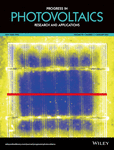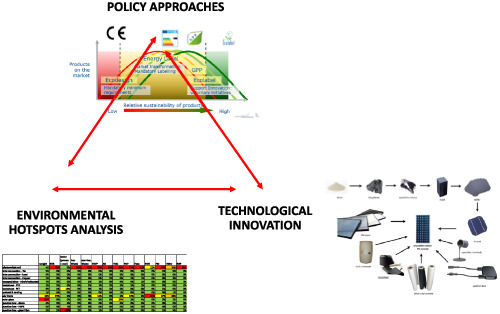Journal list menu
Export Citations
Download PDFs
ISSUE INFORMATION
ACCELERATED PUBLICATION
Solar cell efficiency tables (version 57)
- Pages: 3-15
- First Published: 27 November 2020
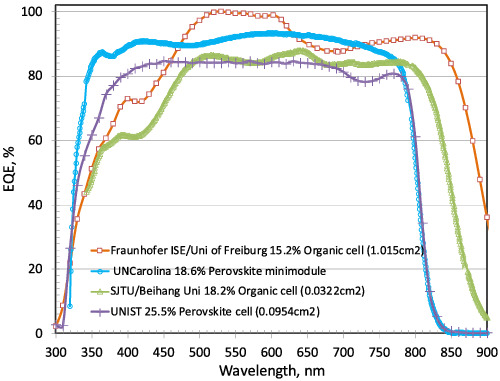
Consolidated tables showing an extensive listing of the highest independently confirmed efficiencies for solar cells and modules are presented. Guidelines for inclusion of results into these tables are outlined, and new entries since June 2020 are reviewed. In this issue, charts showing efficiency improvements since 1993 are included as well as cell and module area definitions and an updated list of recognized test centres.
RESEARCH ARTICLES
High-quality amorphous silicon thin films for tunnel oxide passivating contacts deposited at over 150 nm/min
- Pages: 16-23
- First Published: 26 August 2020
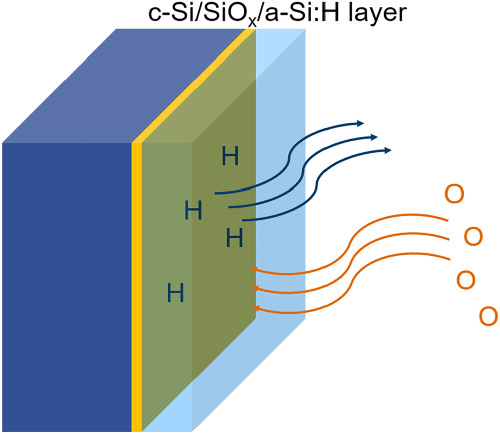
The microstructure of a-Si:H layer is critical for passivating contacts on silicon solar cells. On one hand, the silicon network should be dense enough to prevent the in-diffusion of oxygen during high temperature annealing, which increases the sheet resistance. On the other hand, the silicon layer should not be too dense that hydrogen cannot effuse out of the layer and blistering occurs.
Organic photovoltaic modules with new world record efficiencies
- Pages: 24-31
- First Published: 15 September 2020
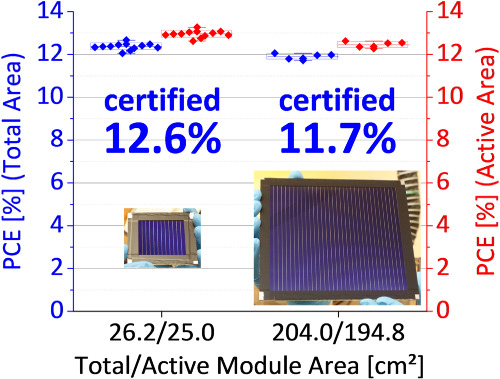
Two new certified world record values for the power conversion efficiency (PCE) of organic photovoltaic (OPV) modules are presented, namely 12.6% and 11.7% on a module area of 26 cm² and 204 cm², respectively. This is achieved by applying new developments regarding the solar module design and the respective laser patterning processes.
Interface analysis of ultrathin SiO2 layers between c-Si substrates and phosphorus-doped poly-Si by theoretical surface potential analysis using the injection-dependent lifetime
- Pages: 32-46
- First Published: 09 November 2020
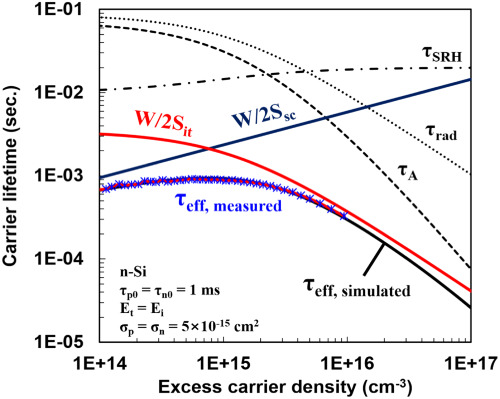
Through the algorithm design and presentation of the lifetime fitting method, it was possible to quantitatively analyze the passivation effects of selective contact. Thin tunnel oxide (t ~ 1.5 nm) analysis method is presented as the injection-dependent lifetime analysis method. Through the analysis of solar cells with selective contact structure, it was possible to present the necessary analysis methods for high efficiency.
Interdigitated back-contact double-heterojunction GaInP/GaAs solar cells
- Pages: 47-53
- First Published: 17 September 2020
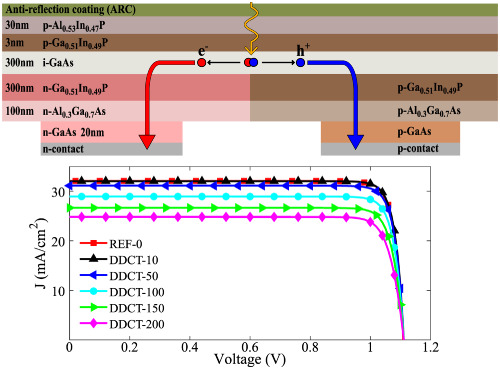
A successful strategy to harness the benefits of interdigitated back-contact (IBC) solar cells, conventionally available only for silicon cells, is presented for the III-As compound semiconductors using diffusion-driven charge transport (DDCT). Our analysis suggests that GaInP/GaAs double heterojunction DDCT solar cells having a finger pitch of 10 µm can outperform an ideal one-dimensional reference device thanks to minimized Shockley-Read-Hall recombination. Overall, combining the IBC design with compound semiconductors could allow the development of an entire family of more efficient solar cells.
Analysis of the negative charges injected into a SiO2/SiNx stack using plasma charging technology for field-effect passivation on a boron-doped silicon surface
- Pages: 54-63
- First Published: 04 October 2020
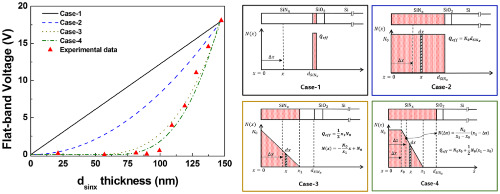
We investigated field-effect passivation by injecting negative charges into SiO2/SiNx stack using a plasma charging technique. It was confirmed that the negative charge injected into the SiO2/SiNx stack was distributed at 90 nm of the SiNx surface. The saturation current density in a 90-ohm/sq boron emitter decreased from 90 to 50 fA/cm2 after charge injection. n-type PERT bifacial cells with an approximately 100-ohm/sq boron emitter passivated with SiO2/SiNx displayed an 0.2% increase in absolute cell efficiency after charge injection.
Advancing reliability assessments of photovoltaic modules and materials using combined-accelerated stress testing
- Pages: 64-82
- First Published: 18 September 2020
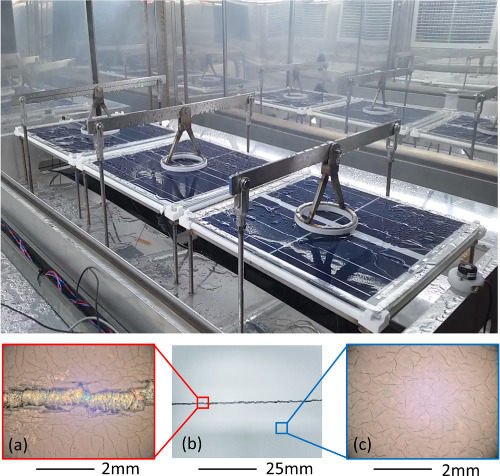
A combined-accelerated stress test was developed to better evaluate the reliability of photovoltaic modules and materials. A demonstration experiment was conducted which reproduced the cracking failures of some backsheets films, failure which could not be reproduced in standard stress tests. The test could also identify other degradation modes which are typically identified in the field.
Potential regulatory approaches on the environmental impacts of photovoltaics: Expected improvements and impacts on technological innovation
- Pages: 83-97
- First Published: 18 October 2020
Analysis for nonradiative recombination loss and radiation degradation of Si space solar cells
- Pages: 98-108
- First Published: 24 September 2020
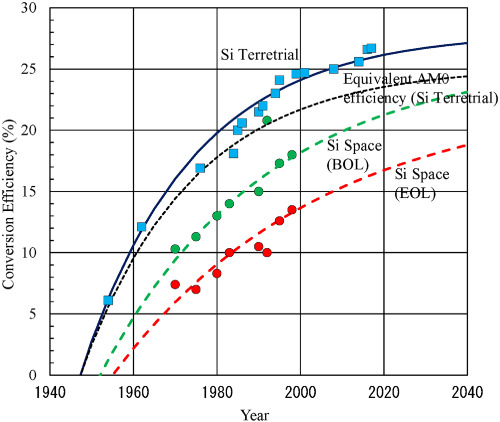
Silicon space solar cells are currently attracting attention again for their relatively low-cost feature with sufficient performance in the space market especially by short-term mission spacecraft designers. Potential of advanced Si solar cells such as passivated emitter, hetero-junction, and back contact solar cells for space applications is discussed from point view of radiation degradation. This knowledge should lead to realization of improved space silicon solar cells which properties meet the demands in the recent space market.
Results of the IX International Spectroradiometer Intercomparison and impact on precise measurements of new photovoltaic technologies
- Pages: 109-123
- First Published: 08 October 2020

In June 2019, the 9th ISRC took place at the Observatory of Saint-Veran, grouping participants from world-leading laboratories to industry. Concerning impact of spectrum measurements on the characterisation of PV devices, good agreement was found for c-Si market technologies, but further effort is needed for new ones (Perovskites, OPV, DSSC) in order to reduce measurement uncertainties. An upgrade of measurement capabilities will be needed by several laboratories to meet requirements of the new upcoming standard IEC 60904-9.
Spatially resolved electrical modelling of cracks and other inhomogeneities in crystalline silicon solar cells
- Pages: 124-133
- First Published: 29 September 2020
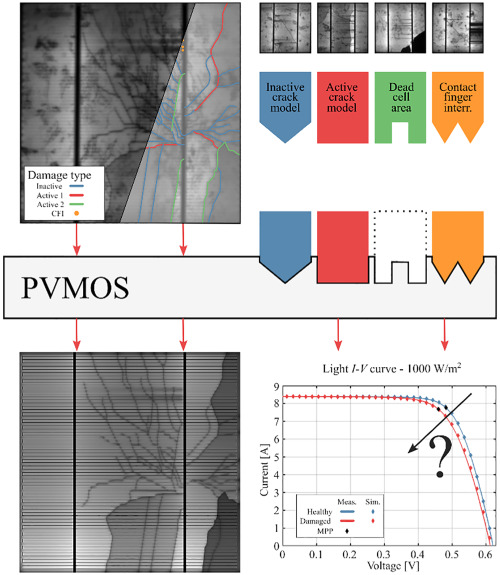
A fully scalable quasi-SPICE approach for electrical modelling of stress-induced inhomogeneities in crystalline silicon solar cells, based on damage detected by electroluminescence imaging, was validated on a number of experimental cases. The model exhibits a 0.12% power loss estimation error in the maximum power point of a complexly damaged solar cell.
LITERATURE SURVEY
Photovoltaics literature survey (No. 163)
- Pages: 134-139
- First Published: 15 December 2020




